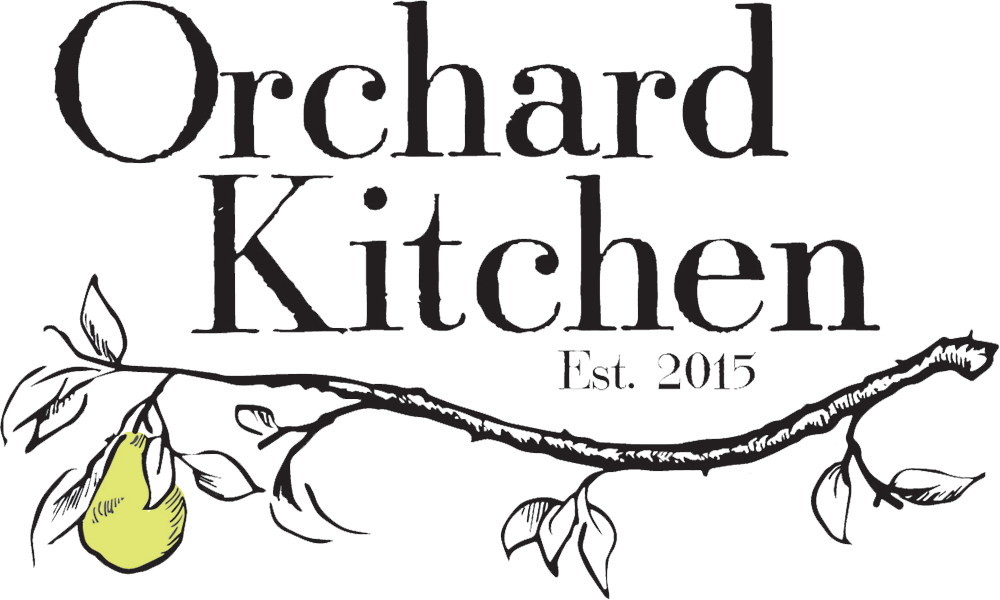Let's Make Carola Potato Gnocchi!
We'd like to share a recipe with you!
Here's a student in our Cooking Class making gnocchi.
Most gnocchi recipes you will see call for roasted Russet potatoes as the base. This makes sense because Russets bake up into a very light, very low water content, fluffy base to start your gnocchi making process. Potatoes tend to be either mealy or waxy. Russets are the extreme of mealy. Red creamers are the extreme of waxy. Moisture and waxiness are the gluey aspects of a potato that lead to a tough or sticky gnocchi. The moisture activates the gluten in the flour we add to the spuds and certain types of potato are just naturally more waxy and gluey.
We don't happen to grow Russets on our property however, we do grow beautiful Carola potatoes.
The Carola potato is both waxy and sweet. A member of the Solanaceae family, it is a mid-season yellow-fleshed spud. While Carolas have not become a huge commercial success—largely because Yukon Gold have stollen their thunder—they are one of the tastiest potatoes you can find. You would need to find a small, local producer like Ebb Tide Produce or grow you own.
Gnocchi made from Carola potatoes are not going to produce that soft, tender, melting gnocchi we have become accustomed to. Instead the yellow-fleshed Carolas make a creamy, custardy, slightly sweet and delicious gnocchi. They are particularly delicious browned in whole butter with sage.
Carola Potato Gnocchi
Recipe
Yield: approximately 300 medium sized gnocchi
5 pounds small-to-medium sized Carola potatoes, all similar in size
2 eggs, beaten
2 cups all purpose flour*
1 tsp salt
*You may not use all this flour depending on how moist the potatoes are. It also depends on weather conditions like humidity—humidity will affect not only the moisture in the potatoes but also the moisture in the flour.
Instructions
- In a stock pot, cover the potatoes well with water, season the water with salt and bring the water to a simmer.
- Watch the potatoes, stirring occasionally, until you see the first of the spuds rupture; the skins should have just burst open.
- Remove that potato to a warm area near the stove and allow to steam (giving off water) until the rest are done. Continue to remove potatoes from the pot as they become done.
- Once all the potatoes have cooked throughly and have been allowed to steam for 5 minutes, use a paring knife to remove the thin skins. Place the peeled potatoes, in batches, in a food mill fitted with a fine blade and process them directly onto your countertop.
- Season the pulp with salt and pour the beaten egg over the top.
- Now sift about 1/2 cup of flour over the top of the potatoes and eggs and blend the flour in using a bench scraper.
- Spread the mixture out again with the scraper and sift in another 1/2 cup of flour. Blend in with the scraper and knead lightly to see how moist or dry the dough has become. More likely than not, the dough is quite tacky and needs at least another 1/4 Cup of flour. Sift that over the dough and combine well. Feel for moisture—you want a smooth, not too sticky dough—and if necessary add a little more flour. (The good thing about the Carola gnocchi - and this is because of the intrinsic richness and sweetness of the potatoes - they can take more flour and egg than russets.)
- Once you have added JUST ENOUGH flour to make a smooth, non-sticky dough, wrap it in plastic wrap and place in the refrigerator to rest for at least 30 minutes, then return it to the counter.
- You may find that as the dough has rested it has become more sticky and now needs more flour kneaded into it. If so, do so.
- If no additional flour is needed, cut the dough in 8 pieces and roll them out, one at a time, into logs 1/2" in diameter.
- Use the bench scraper to cut the logs into 1" lengths.
- Dust them in flour and roll them across either the tines of a fork or a gnocchi tool to form ridges on one side and a small depression on the other.
- Place on a floured baking sheet.
- Boil in salted water just until they float; gnocchi are self timing. Remove to an oiled baking sheet.
Serving Suggestions
You may either serve them immediately or chill and reserve for later service. I like to reheat them in brown butter and salt, until they are browned well on both sides. They are delicious with a little sage leaf and grated aged sheep's milk cheese (like Glendale Shepherd's Island Brebis).
